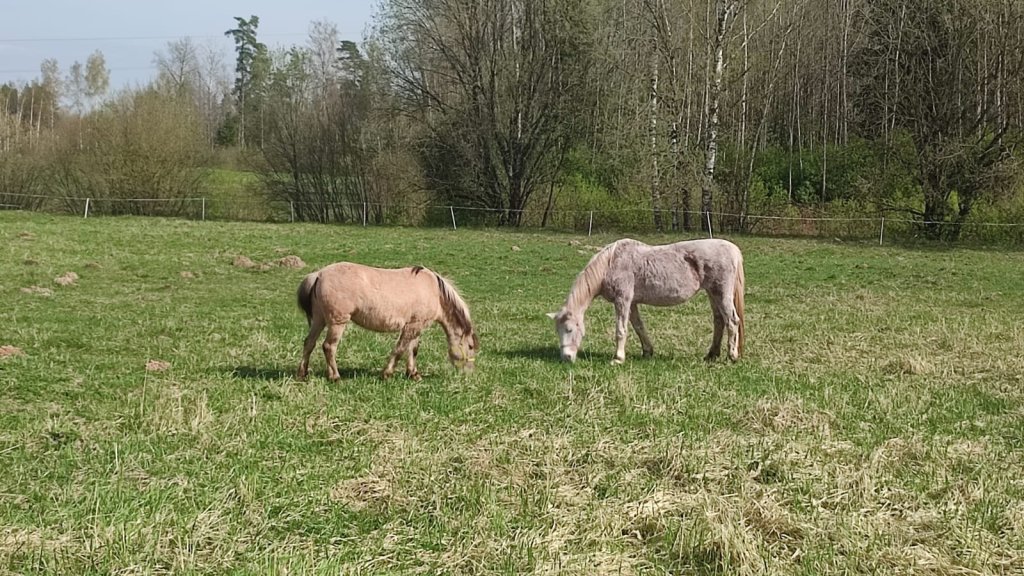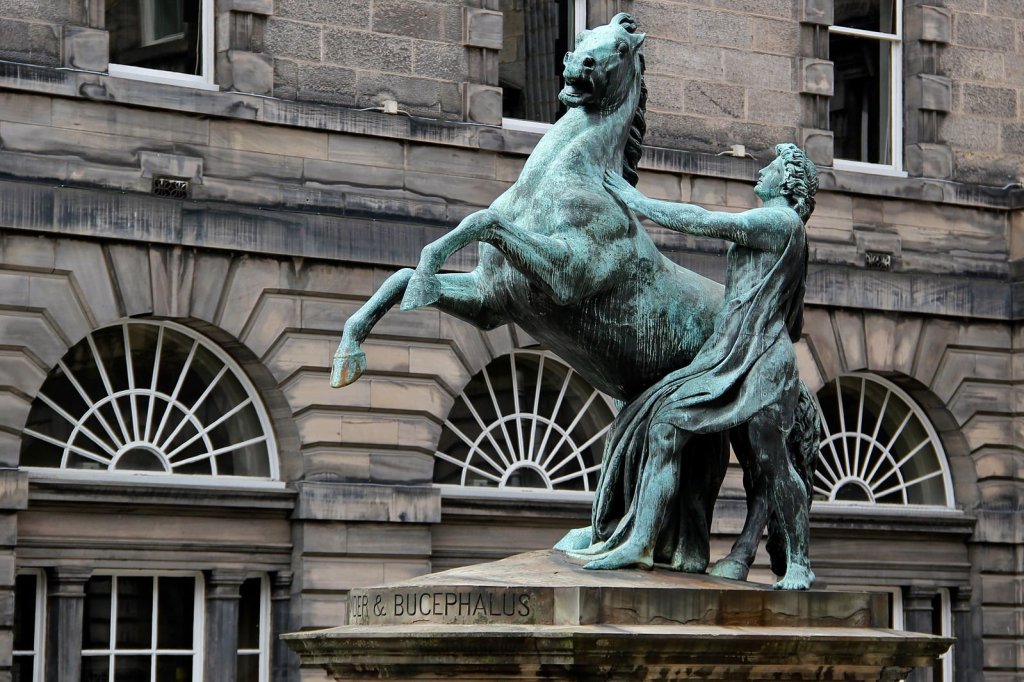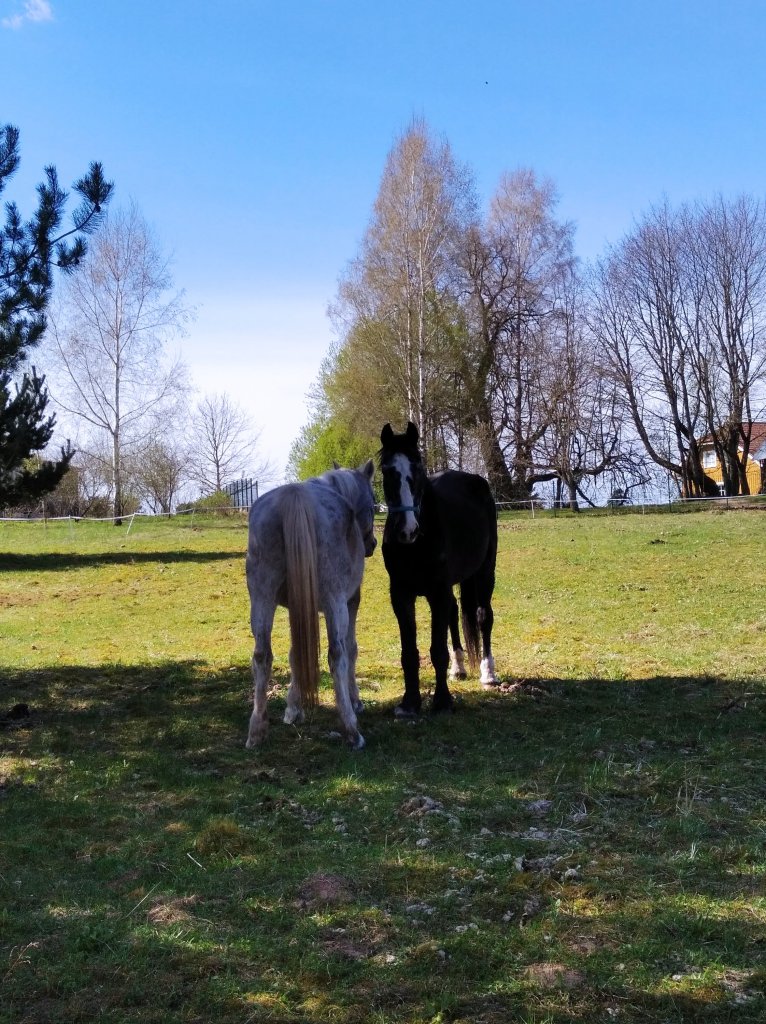The AI-Generated Middle Ages: The Pitfalls and the Potentials
More and more students – and people in all walks of life – use AI to find answers to all sorts of questions. Whereas Wiki used to be the first port of call, and Wiki is an encyclopedia, however flawed and criticized it may be, so requires some effort in reading, skimming through, etc., now people can just throw all sorts of questions at Google Gemini, ChatGPT and other bots. One of the concerns is that, instead of turning to a supervisor or seeking answer online or in a library, students are going to throw the questions out there online. And what the results would be?
This was the subject of the round table on AI generated Middle Ages. Like many people who are involved in the production and dissemination of knowledge and who work with students, I am concerned about what will happen when knowledge will be dealt out (and maybe even generated) by bots of various quality. So I simply had to attend this one. Unfortunately it coincided with a session I was requested to moderate, but, with the option to record, we can all be something of a Hermione Granger, who, with her magical clock, could attend multiple lectures at the same time. I watched the recording and found it was well worth my time.
This was a round table, so the format favoured short, thought-provoking papers in the making rather than completed studies.
Asking Gemini chat various provocative questions, such as the ones undergrads or non-academics would ask mostly generated intelligent answers: for instance, “was Vikings white?” received an answer that some, but not all Vikings were white. Questions about the sexual orientation of Gilgamesh and Chaucer, a fictional character and a real person, received the respective answers that people of the past did not think of gender the way we do today, so no definite answer can be given. Trouble came when Gemini was asked a non-medieval question. “Was Oscar Wilde gay?” was cut short with a categorical “I am not programmed to assist with that.” Ok. So this raises the questions of censorship, knowledge control and classifying which information is to be shared and which is to be withheld.
Admittedly, on the second attempt, Gemini came up with an answer, but it was a delightfully ambiguous one, the kind of answer given on the issues of Gilgamesh’s and Chaucer’s identity, whereas in the case of Wilde the answer is far clearer.
Another paper suggested that teachers of medieval literature and history can use AI to generate translations of texts for students. The author also noted that university teachers are advised to familiarize themselves with AI tools to instruct the students on how to use AI. However, the author noted an example of what she called “hallucinations”: when asked when Gower wrote Pearl, AI answered that it was written in the 14th century, but by Chaucer, not Gower. Yet the author of Pearl is unknown – so, unless ChatGPT knows something no one else knows…
The third paper showed how an artist collaborated with various image-producing AI applications. Interestingly, the only way to produce images similar in style to medieval illuminations, was to include the words “ugly, horrible” in the prompt.
In the discussion, the authors all affirmed that AI can be trained to make translations and transcriptions of passably good quality, but it took a lot of training.
At the end of the day, my question is: why train AI to do creative work, rather than asked it to do administrative, routine drudgery? Why do university lecturers have to resort to AI translations because they have no time to translate original documents? The answer is: because teachers in all levels of education are overwhelmed with paperwork. Now, AI could easily do this paperwork, and possibly even provide better quality reports, because it would be free from the so-called human error. And then humans could do the inspiring work they enjoy: translating medieval texts, working with students, writing interesting research paper and creating original art. I assume here that humans like this work better than paperwork – at least I do. I may be wrong. In which case… Enjoy those delightfully derivative AI artworks, translations and “original” texts.
Here is an image of “medievalist engaged in doing boring, repetitive paperwork instead of teaching students, in medieval style” created by Deep AI.

And a delightful little poem, composed by CoWriter – Your AI platform for creative writing using the same prompt. I am sure anyone reading it will surely enjoy it:
The Monotonous Task
In a dusty old chamber, devoid of light,
A scholar sits hunched, a pitiful sight.
His quill scratches parchment, ink smeared and blotted,
His mind lost in paperwork, teaching forgotten.
O! Medievalist, lost in paperwork drear,
Your passion for learning now replaced by fear.
No longer do students seek wisdom from thee,
But endless forms and records, a mundane decree.
The scrolls and ledgers pile high on the desk,
As the candle burns low, a flickering mess.
Words of ancient wisdom, now lost in the void,
As bureaucratic tasks leave the scholar annoyed.
O! Medievalist, once filled with zeal,
Now trapped in a cycle that seems all too real.
Yearning for days spent in scholarly debate,
Instead engulfed in paperwork’s relentless weight.
The ink-stained fingers and tired weary eyes,
Tell a tale of a scholar caught in a guise.
Of administrative duties that never seem to end,
A tedious task that around him does bend.
O! Medievalist, may you find your way,
Back to the halls where knowledge holds sway.
Cast off the shackles of paperwork’s hold,
And return to the classroom, where stories are told.
For in the heart of a medievalist true,
Lies a passion for learning, tried and true.
So let the quill rest, the inkwell dry,
And reclaim your purpose beneath the sky.
You can also read it on my blog:







 Horse skull. The toothless part is where the bits sits. By Vassil – Own work, Public Domain,
Horse skull. The toothless part is where the bits sits. By Vassil – Own work, Public Domain,  A wolf tooth, located just in front of the premolars. Copyrighted free use,
A wolf tooth, located just in front of the premolars. Copyrighted free use, 


